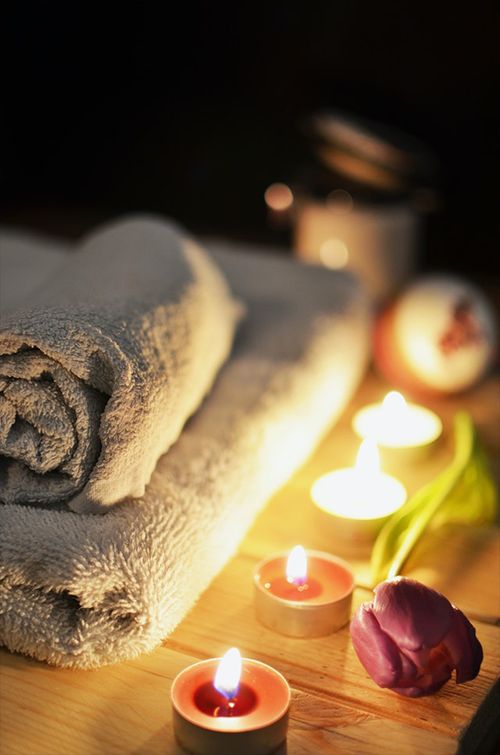Reiki
is a Japanese energy healing technique. The predominate form of reiki practiced throughout the world today, also known as Usui reiki, was created by Dr. Mikao Usui in the early 20th century. It’s a complementary or alternative health approach. Reiki does not directly cure diseases or illnesses. Instead, it’s used as a way to manage symptoms and improve general well-being.During a reiki session, the practitioner places their hands either directly on you or just above you to bring about healing. The belief is that the practitioner is able to stimulate your body’s natural healing abilities.
Read on to learn more about the benefits and side effects of reiki, and what to expect from a reiki session.

5 Health Benefits of Reiki
-
Relieves pain, anxiety, and fatigue
A 2018 studyTrusted Source compared the use of reiki to physiotherapy for relieving lower back pain in people with herniated disks. Both treatments were found to be equally effective at relieving pain, but reiki was more cost-effective and, in some cases, resulted in faster treatment.
-
Treats depression
Reiki treatments may be used as part of a treatment plan to help relieve depression. In a small 2010 study, researchers looked at the effects of reiki on older adults experiencing pain, depression, or anxiety. The participants reported an improvement of their physical symptoms, mood, and well-being. They also reported more feelings of relaxation, increased curiosity, and enhanced levels of self-care.
-
Enhances quality of life
The positive benefits of reiki can enhance your overall well-being. Researchers in a small 2016 study found that reiki was helpful in improving the quality of life for women with cancer. Women who had reiki showed improvements to their sleep patterns, self-confidence, and depression levels. They noted a sense of calm, inner peace, and relaxation.
-
Boosts mood
Reiki may help to improve your mood by relieving anxiety and depression. According to results from a 2011 study, people who had reiki felt greater mood benefits compared to people who didn’t have reiki. The study participants who had six 30-minute sessions over a period of two to eight weeks showed improvements in their mood.
-
May improve some symptoms and conditions
Reiki may also be used to treat headache, tension, insomnia & nausea. The relaxation response that happens with Reiki may benefit these symptoms. However, specific research is needed to determine the efficacy of reiki for the treatment of these symptoms and conditions.
Are there risks or side effects?
Reiki is non-invasive and thought to be safeTrusted Source. It doesn’t have any known harmful side effects. For those with a past trauma, lying quietly in a dim room with someone close to you might be uncomfortable.
Reiki is not intended to replace any doctor-approved treatment plan.

What happens during a reiki session?
A typical reiki session lasts between 20 and 90 minutes. At your first appointment, you’ll meet with your reiki practitioner. You’ll have a short introduction or chat about the process and your expectations or intentions. Let your practitioner know about any symptoms you want addressed or if there are places in the body on which you’d like them to focus. Also, let the practitioner know if you have any injuries or places that are sensitive to touch.You’ll be instructed to lie down on a treatment table or mat. They will cover you with a blanket. Usually soft, relaxing music will be playing in the background. For the most part there won’t be any talking during the session, but you can feel free to let your practitioner know if there’s something you need to feel more comfortable or to share what you’re experiencing.
The practitioner will move their hands around your body. They may touch you lightly or have their hands just above your body.
You may experience sensations in the body such as heat or tingling. Some people report seeing visualizations such as colors or pictures, or having memories appear. Try to allow whatever arises to pass without attaching too much meaning to it. Your experiences may become deeper the more you continue with reiki.
How to prepare for your appointment
Wear clean, loose-fitting, comfortable clothing. You may wish to wear natural fabrics such as cotton, linen, or silk. Remove your shoes, jewelry, and glasses before your session, and keep your phone switched off or leave it behind.What to expect after your appointment
Drink plenty of water after your session. Some people feel calm, peaceful, or energized. You may also feel tired.Takeaway
Always speak to your doctor if you plan to use reiki to help with any medical condition. Remember that reiki is a complementary therapy and should be used alongside a conventional treatment plan. You may also use it alongside other complementary treatments such as acupuncture, massage, or counseling.
Reference: https://www.healthline.com/health/reiki